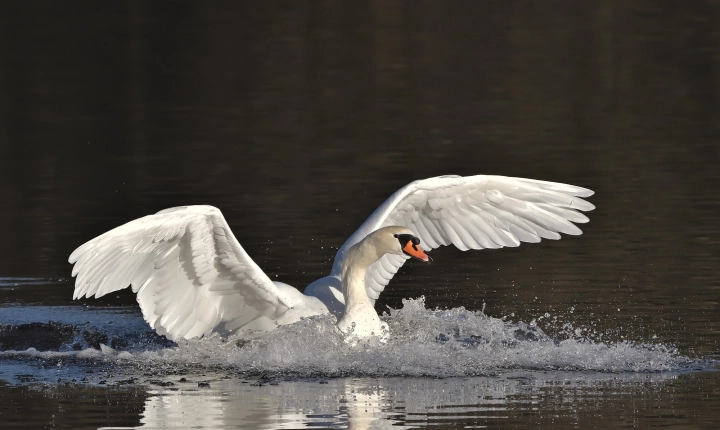Can AI Images be Detected?
As artificial intelligence (AI) continues to advance, it has brought about a remarkable capability to generate and manipulate images. AI has become increasingly proficient at creating realistic visual content, raising questions about the authenticity of digital images and their potential impact on various industries and society as a whole. Consequently, the need to detect AI-generated images has become a pressing concern, prompting researchers and developers to explore innovative solutions.
One of the key challenges in detecting AI-generated images lies in their remarkable realism. Generative Adversarial Networks (GANs) are a popular AI technique used to generate images that are virtually indistinguishable from real photographs. With the ability to learn from large datasets of images, GANs can produce highly convincing visual content, blurring the line between what is real and what is artificially generated. This makes it increasingly difficult for humans to discern between AI-generated images and authentic ones.
To address this challenge, researchers have been developing sophisticated algorithms and tools specifically designed to detect AI-generated images. These detection methods often rely on a combination of machine learning, computer vision, and statistical analysis to identify telltale signs of AI manipulation. For instance, inconsistencies in pixel patterns, unnatural image artifacts, and irregularities in lighting and shadows can serve as indicators of AI manipulation. By leveraging these cues, researchers aim to build robust detection systems capable of identifying AI-generated content with a high degree of accuracy.
Moreover, the rise of deep learning has paved the way for the development of AI-powered image detection tools. Deep learning models, such as convolutional neural networks (CNNs), have proven to be effective in automatically extracting and analyzing visual features from images. By training these models on a diverse range of images, including both authentic and AI-generated ones, it becomes possible to teach them to recognize the subtle markers of AI manipulation. As a result, these AI-powered detection systems have the potential to play a crucial role in combating the spread of deceptive AI-generated images.
The implications of being able to detect AI-generated images are far-reaching. Industries reliant on visual content, such as media, advertising, and e-commerce, stand to benefit from the ability to authenticate images and safeguard against the proliferation of misleading visual content. Furthermore, in the context of social media and online platforms, the detection of AI-generated images could help mitigate the spread of misinformation and manipulated imagery, contributing to a more trustworthy digital landscape.
However, it is important to acknowledge that the cat-and-mouse game between image generators and detection systems is likely to persist. As AI algorithms become increasingly sophisticated, they may become better at evading detection by mimicking authentic visual content more convincingly. Consequently, the ongoing development of detection methods and the continuous refinement of AI-powered tools will be necessary to keep pace with the evolving landscape of AI-generated images.
In conclusion, the ability to detect AI-generated images represents a critical frontier in the ongoing advancement of artificial intelligence. By leveraging innovative detection methods and AI-powered tools, we can strive to distinguish between real and artificially generated visual content, fostering greater transparency and trust in the digital realm. As AI continues to shape the future of visual content creation, the development of robust detection techniques will be pivotal in ensuring the integrity and authenticity of images in an AI-driven world.
